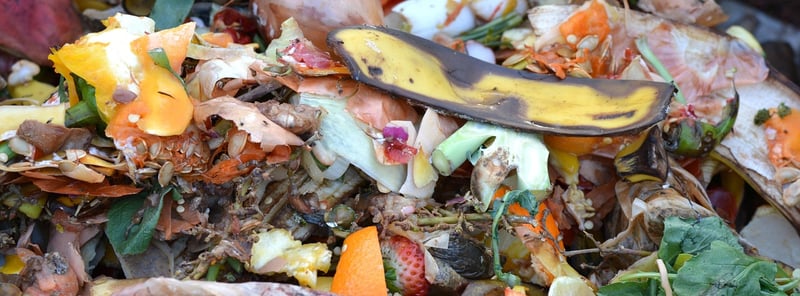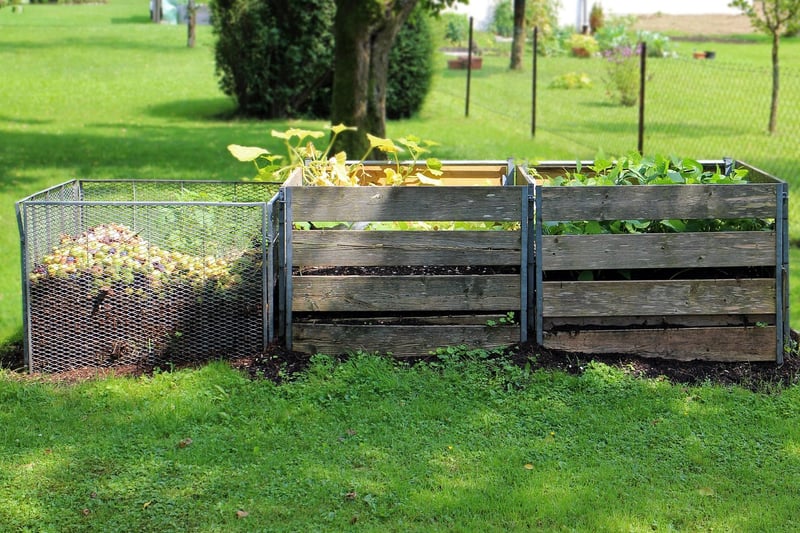Composting Techniques
Expert Advice and Techniques for Composting
Composting is an eco-friendly way to reduce waste, enrich soil, and promote a healthy garden. Whether you're a beginner or an experienced composter, here are some expert tips and techniques to help you create nutrient-rich compost for your plants.
1. Choose the Right Location
Find a suitable spot in your yard for your compost pile or bin. It should be well-drained and easily accessible for adding materials and turning the compost. Avoid placing it too close to your house to prevent any potential odors.
2. Balance Your Ingredients
For successful composting, you need a good mix of green (nitrogen-rich) and brown (carbon-rich) materials. Green materials include kitchen scraps, grass clippings, and coffee grounds, while brown materials include dried leaves, straw, and cardboard.
3. Layering Techniques
Alternate layers of green and brown materials to create a balanced compost pile. This layering technique helps aerate the pile and speed up the decomposition process. Aim for a ratio of roughly 2:1 brown to green materials.
4. Turn the Compost Regularly
Turning the compost pile every few weeks helps aerate the materials and speed up decomposition. This process also helps distribute moisture evenly and prevents the pile from becoming too compacted.
5. Monitor Moisture Levels
Compost should be as damp as a wrung-out sponge. If it's too dry, add water; if it's too wet, add more dry materials like leaves or straw. Proper moisture levels are essential for the composting process to work effectively.
6. Use a Compost Thermometer
Consider using a compost thermometer to monitor the temperature of your pile. A well-working compost pile should reach temperatures between 110-160°F (43-71°C). This heat helps kill weed seeds and pathogens.
7. Be Patient
Composting is a natural process that takes time. Depending on the materials used and environmental conditions, it can take anywhere from a few months to a year for compost to be ready. Patience is key to successful composting.
8. Harvest and Use Your Compost
Once your compost is dark, crumbly, and earthy-smelling, it's ready to use in your garden. Spread it around your plants as a nutrient-rich soil amendment to improve soil structure and fertility.

By following these expert advice and techniques, you can create high-quality compost to nourish your garden and reduce waste effectively. Happy composting!
